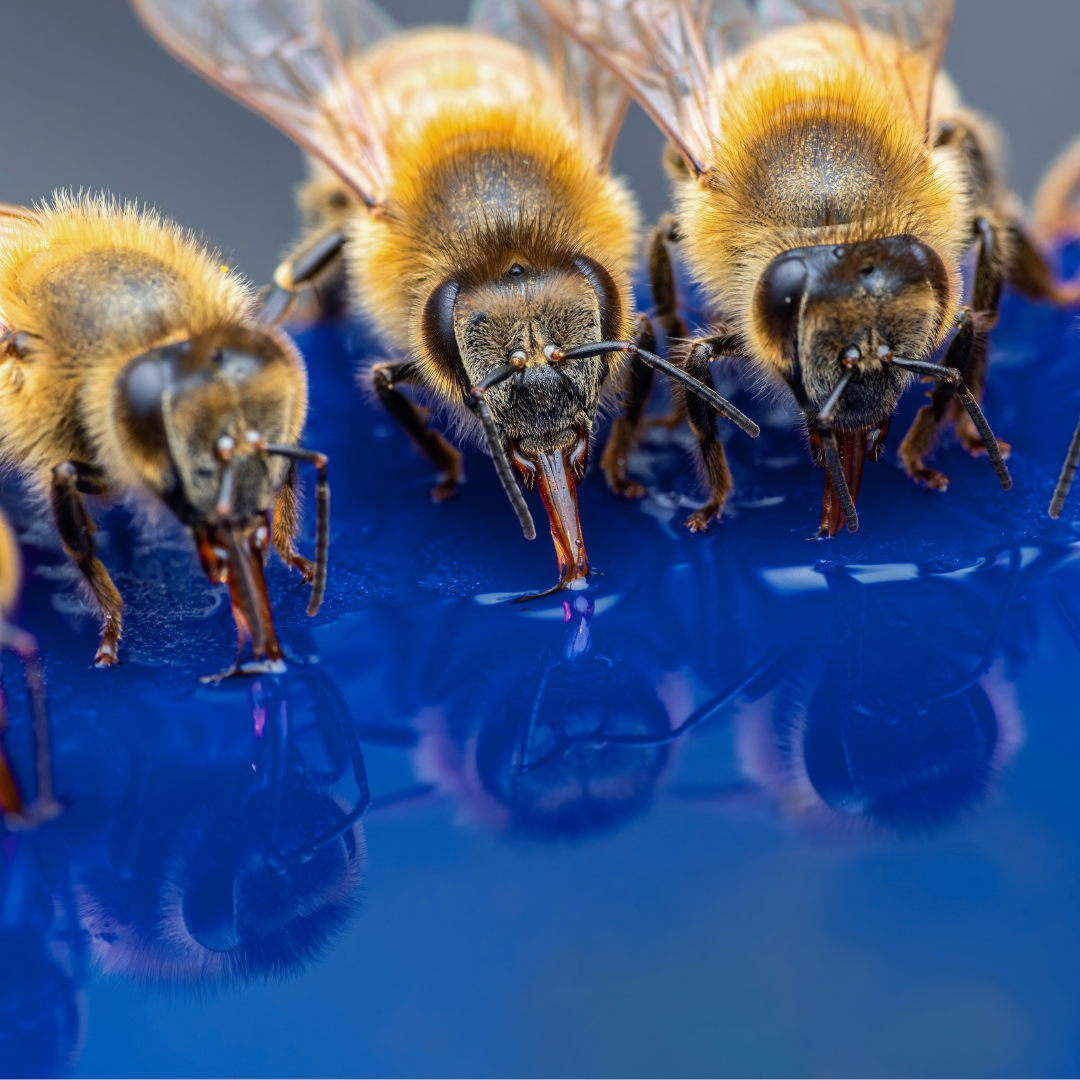Your Cart is Empty
Honeybees use various strategies to maintain a stable temperature inside their hive to ensure their survival during extreme heat. High temperatures can compromise the health of the bees and the hive itself. Here is how honeybees stay cool:
1. Ventilation: Honeybees use their wings to create air currents and improve airflow within the hive. Worker bees stationed near the entrance fan their wings to circulate air, removing hot air and bringing in cooler air from outside.
2. Water Collection and Evaporation: Honeybees collect water and distribute it on the surface of the comb. By fanning their wings, they promote the evaporation of water, which cools down the hive.
3. Hanging Behavior: During extreme heat, honeybees may hang outside the hive in clusters, known as "bearding." This behavior reduces congestion and improves airflow, creating more space inside the hive.
4. Changing Location: In hot regions, honeybees may relocate their hives to a more shaded or superb area to reduce exposure to direct sunlight and high temperatures.
5. Heat Resistant Design: Honeybee hives are constructed with materials that provide insulation and regulate temperature. Beeswax, used to build the comb, has natural insulating properties that help maintain stable internal temperatures.
6. Regulating Population: In response to extreme heat and limited resources, the colony may reduce its population by limiting brood production (eggs, larvae, and pupae). This reduces heat generation within the hive and conserves resources.
7. Thermoregulation: Individual bees can regulate their body temperature by moving to different areas inside the hive, avoiding overheating.
These cooling strategies are critical for the survival of honeybee colonies during periods of extreme heat. They showcase these social insects' remarkable adaptability and cooperation in maintaining a stable environment within the hive.
Comments will be approved before showing up.
